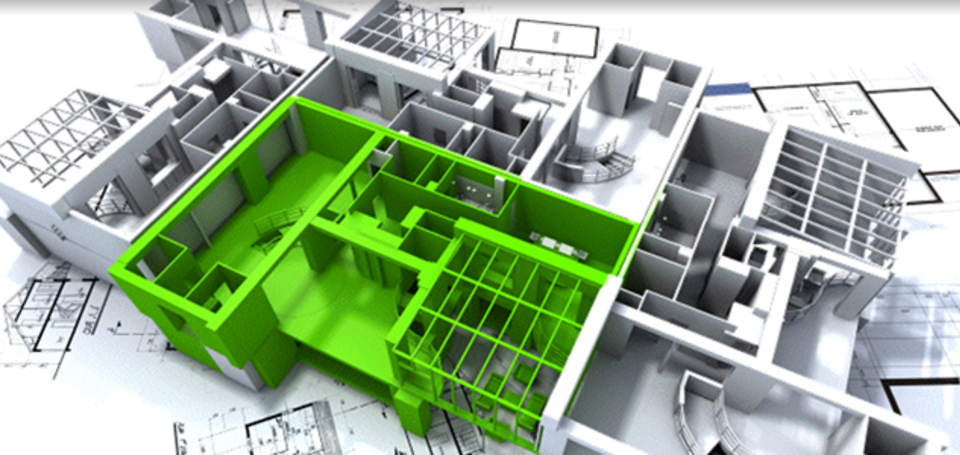-
 an advisory and management services boutique
an advisory and management services boutique -
 focusing on the green investment prospect
focusing on the green investment prospect -
 to reveal the hidden value
to reveal the hidden value -
 in real estate and urban infrastructure
in real estate and urban infrastructure -
 through efficient and sustainable use of resources
through efficient and sustainable use of resources
A new report from green building certification body BREEAM aims to show that in fact the opposite is true.
How much extra does it cost to fit out your office with all the latest green technologies?
Environmentally friendly insulation, low-flush toilets and even onsite renewable energy generation may seem like they have a high financial cost, but a new report from U.K. green building certification body BREEAM aims to show that in fact the opposite is true.
The "Delivering Sustainable Buildings: Savings and Payback" report, co-authored by Sweett Group, aims to challenge the perception that delivering strong sustainability credentials represents an additional cost for a building. Using research-based on real-world costs and savings experienced at an office, secondary school and community healthcare center built to BREEAM standards, it finds that the costs of meeting some standards has increased over the years, but achieving the basic pass rating incurs no extra costs. Meanwhile, achieving the "good" BREEAM standard can lead to a minimal additional cost of just 0.15 percent.
In contrast, achieving a higher sustainability rating, such as "very good" or "excellent," will incur a higher up-front cost, but the cost increase compared to a non-compliant building is still typically less than 2 percent, which can often be paid back through energy bills savings within two to five years, the report found.
Certain technologies also can go on to generate further savings or new revenue streams after they have paid back their initial costs — savings further buoyed by a range of government incentives such as feed-in tariffs for solar panels or enhanced capital allowances for water and energy efficiency products.
The report said the findings highlighted the need for developers to think not just about upfront costs but also the full operational and lifecycle costs of buildings when deciding whether to incorporate green features.
"Opting for a lower capital cost can, in effect, pass the extra cost of a less sustainable solution, along with potentially higher environmental impacts, onto the building occupier and owners," it stated.
However, it also argues that sustainable measures should be factored into the project from an early stage in order to deliver the highest possible savings.
The study highlights the costs of a number of "quick wins" that facilities managers and contractors can use to boost the sustainability levels of their buildings:
- Providing blinds that employees can operate: about $219,000
- Providing dedicated space for recyclable waste with good access: $830
- Cycling spaces: about $15,000
- Commitment to comply with the Considerate Constructors Scheme $0
- Low Nitrogen Oxide (NOx) emissions boiler: about $11,700
- Installing 6-/4-liter dual-flush toilets and low-flow taps: about $2,035
- Using responsibly sourced insulation with a low environmental impact: about $985
- Installing a rainwater recycling system: about $100,100
With the costs of many of these technologies continuing to fall and the benefits they offer increasingly self-evident, the case for investing in greener buildings never has been clearer.
Find related report here





